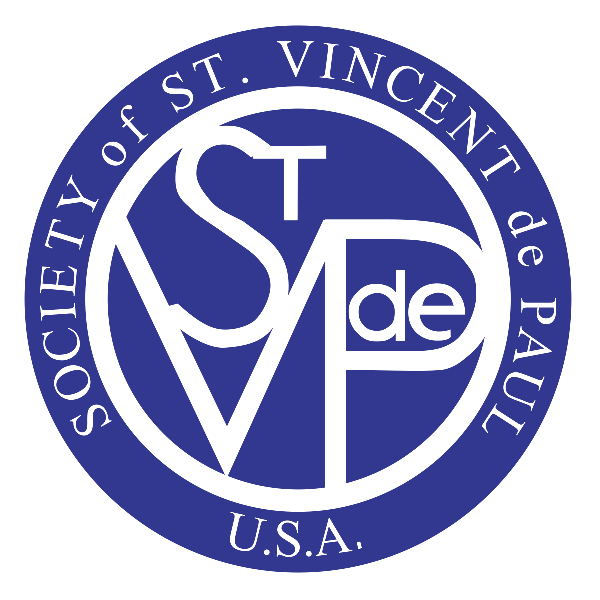Progressing

Home / Apostolates /






SOCIETY OF ST VINCENT De PAUL
“I say to you in as much as you did it to one of the least of these My brethren, you did it to Me” – Mathew 25,40
Society of St Vincent de Paul is an international charitable organization of catholic lay people devoted to the service of those most in need and thereby attaining sanctification of its members.
History
The catholic church in France in the early nineteenth century after the French revolution faced many criticisms from factions like the Saint Simonians. They posed a challenge to the catholic, “we don’t want to hear your speeches, show us your actions”. A group of students in Sorbonne University under the leadership of Frederic Ozanam who had formed a ‘History Conference’ and engaged in learning the history of Christianity and related discussions were provoked by these encounters and set out to prove their faith in Christ through action, not just words. They took up this challenge and began to work for the upliftment of the desperately poor in Paris. Thus, under the guidance and support of Sister Rosalie Rendu and others the History Conference was transformed to Conference of charity and later on April 23, 1833 to Society of St Vincent de Paul accepting Blessed Virgin Mary and St Vincent as the heavenly patrons. Now the Society has spread to about 150 countries with more than 8 lakh members. In India the Society was first introduced by the French Missionaries at Pondicherry during the Year 1852-53 as a non-aggregated Conference and officially started in 1863 with some conferences in Bombay.
Objectives
Organisational Set Up
The basic unit of the society called ‘conference’ is expected to be formed in all catholic parishes with at least seven members. When the number of members exceed 25 a second conference can be formed. A parish may have separate conferences for women or youth. At the Forane level, there is a superior body called ‘Area Council’ and at the diocese level a ‘Central Council’. Superior to the Central Council there is the Regional Council and National Council. While presidents of conferences, area, central, regional and national councils are elected through secret ballot, other office bearers are nominated by the president. Conference meetings of one-hour duration are held every week to plan and discuss its activities for the next week. Area and central councils meet monthly or bimonthly. Thamarassery Central Council comprises of 11 area councils and 125 conferences and has about 1400 members.